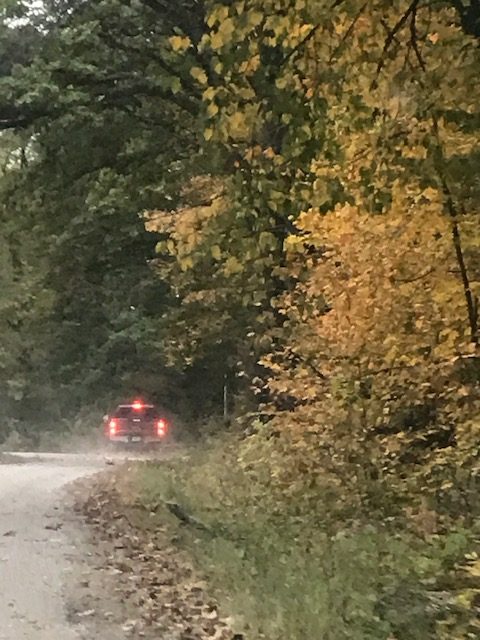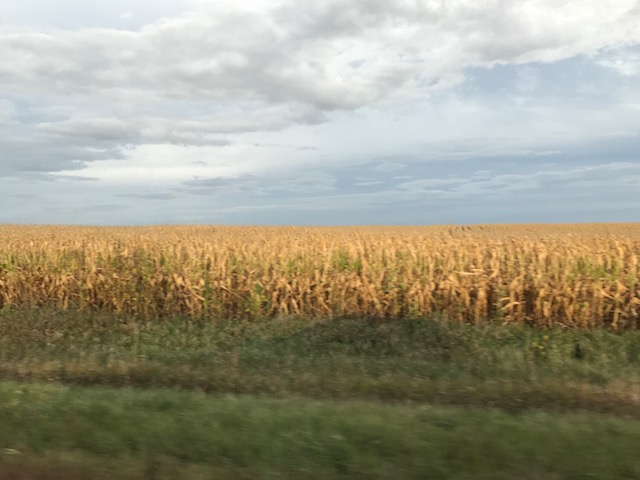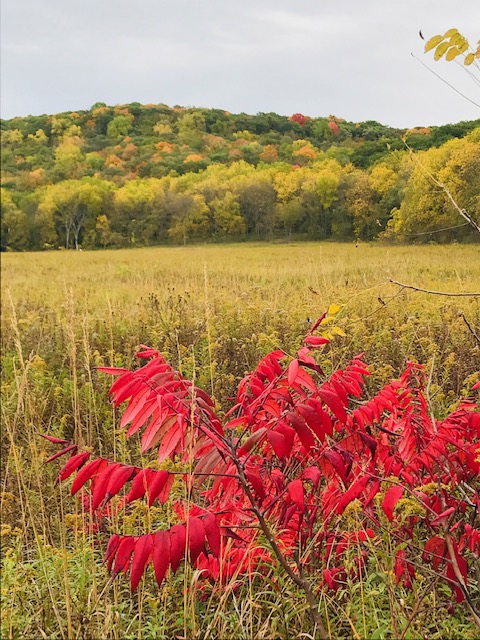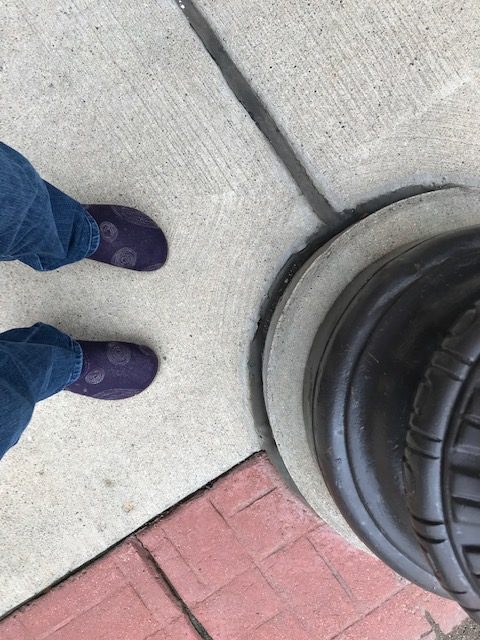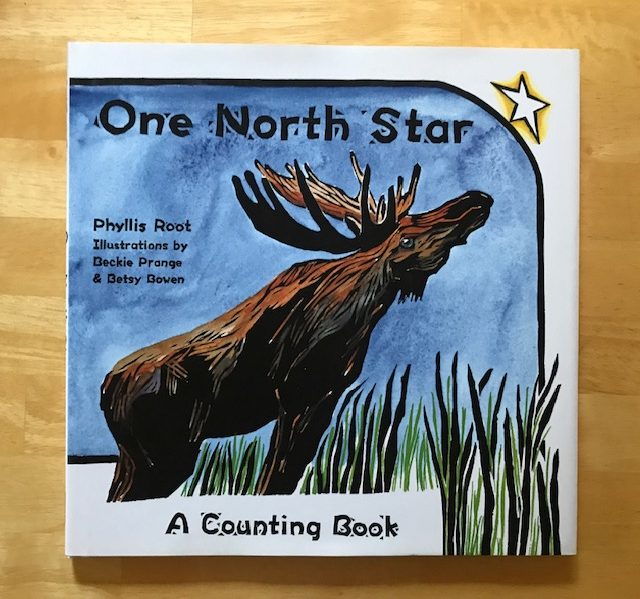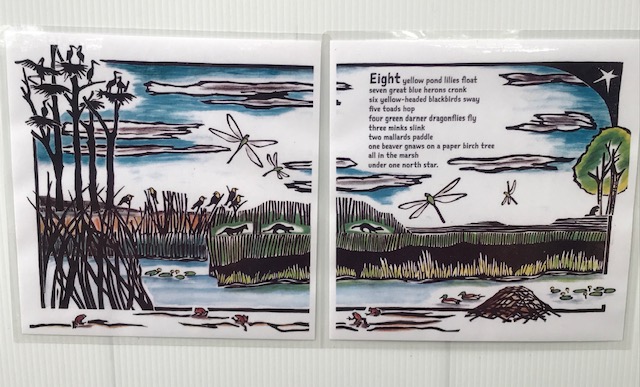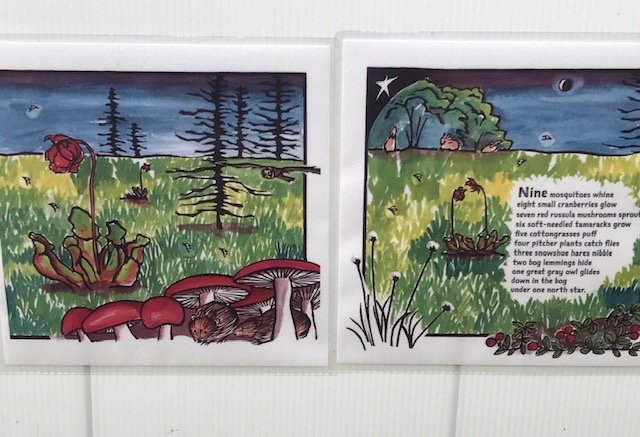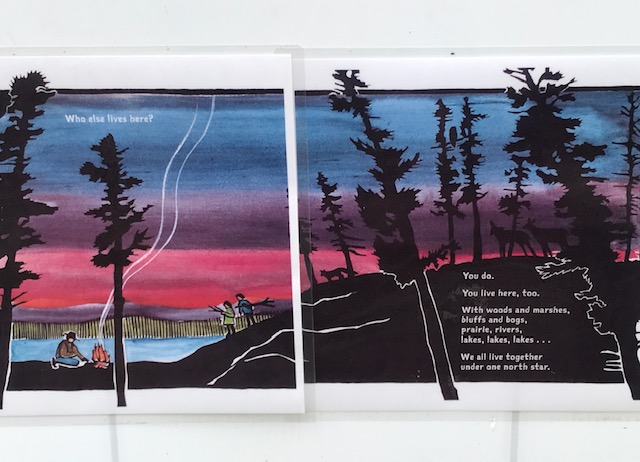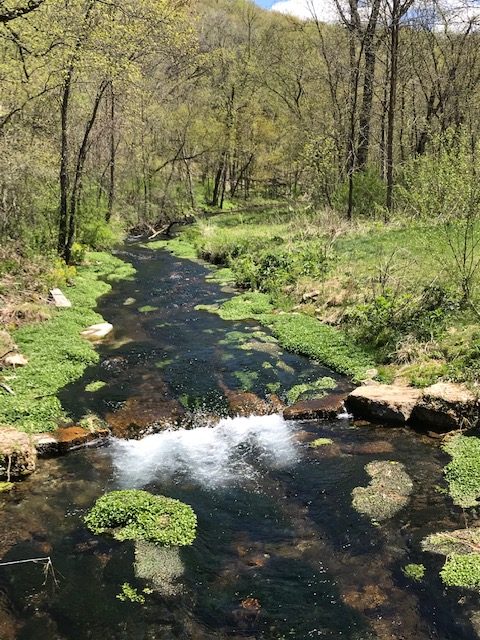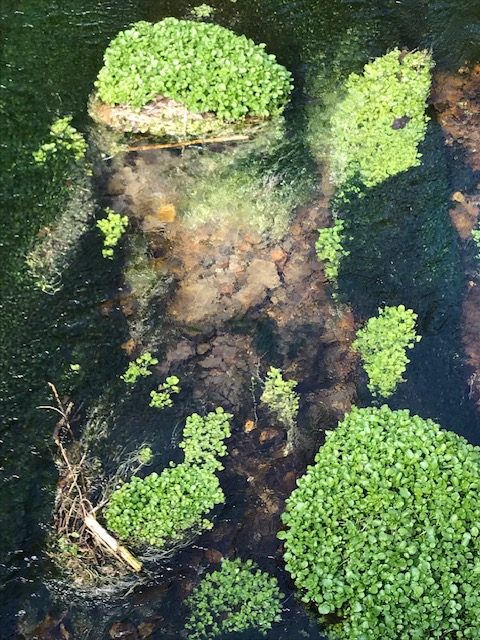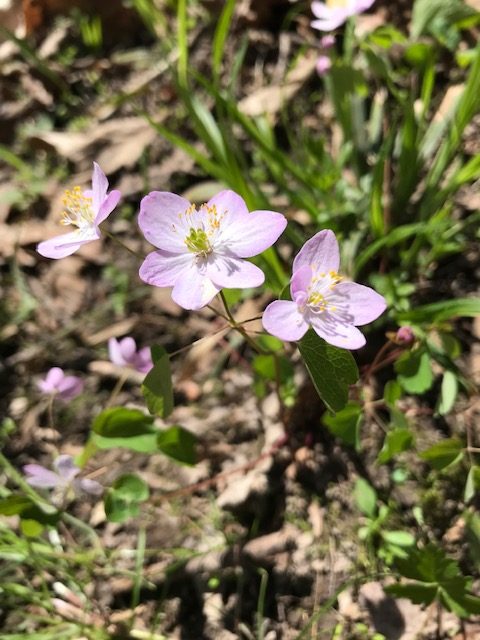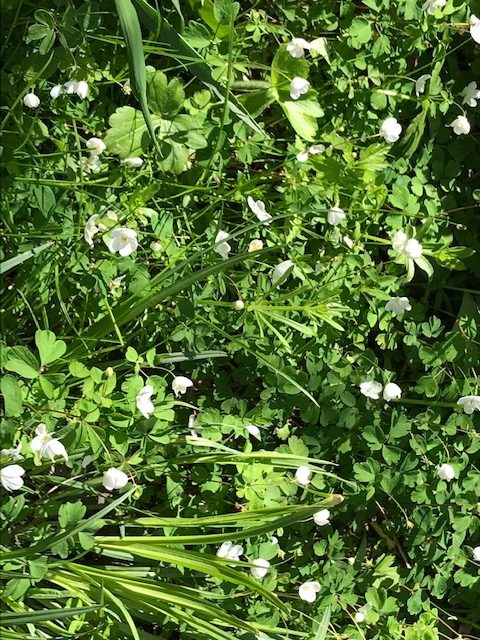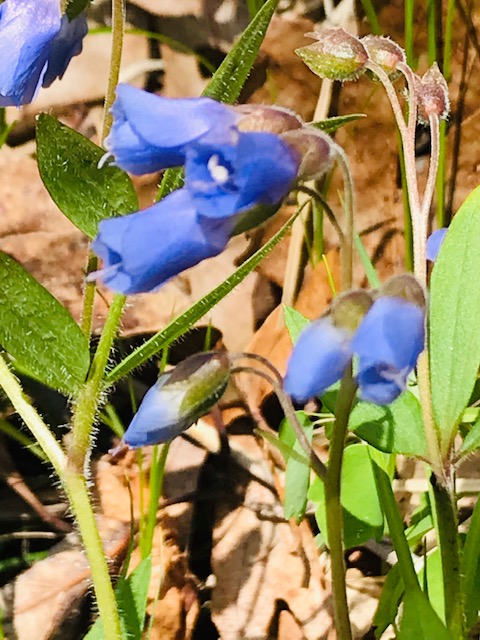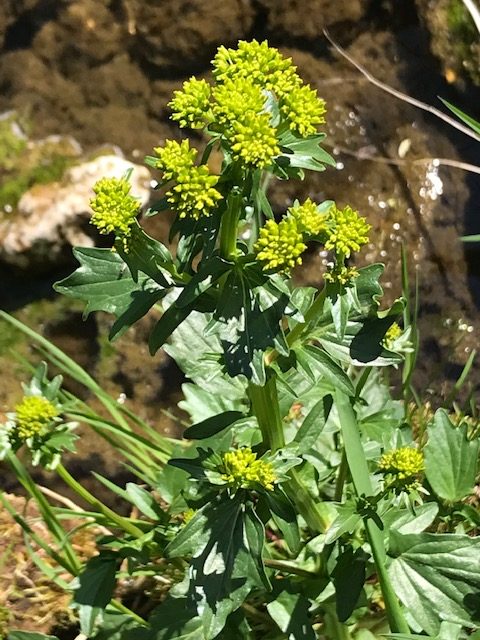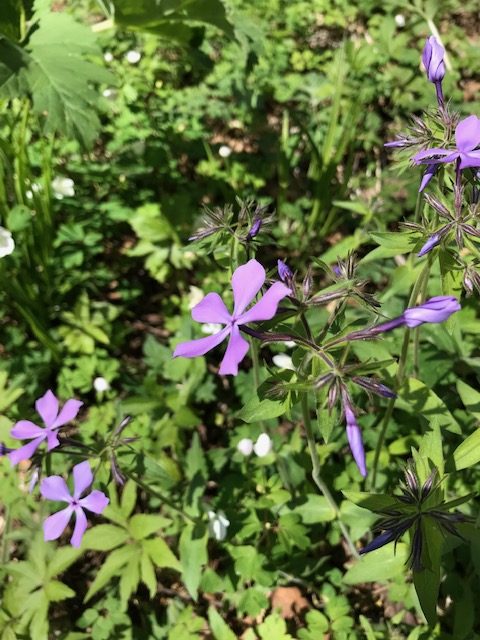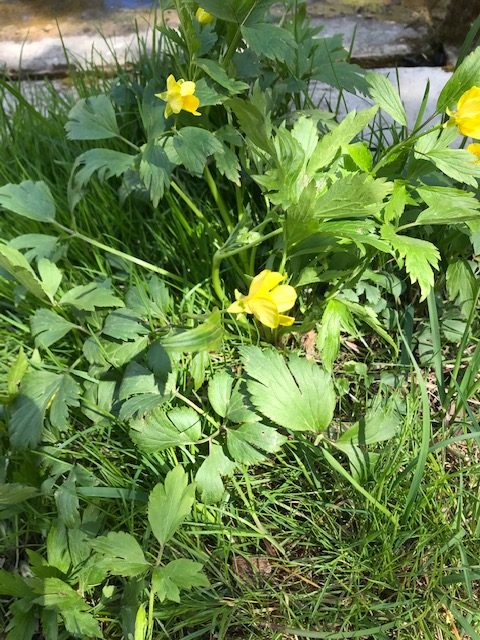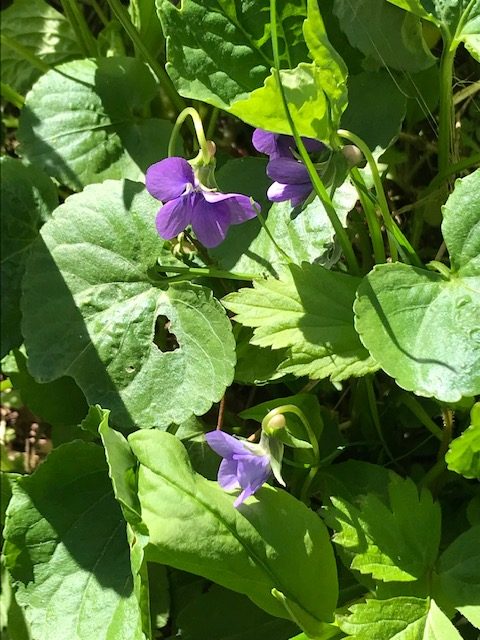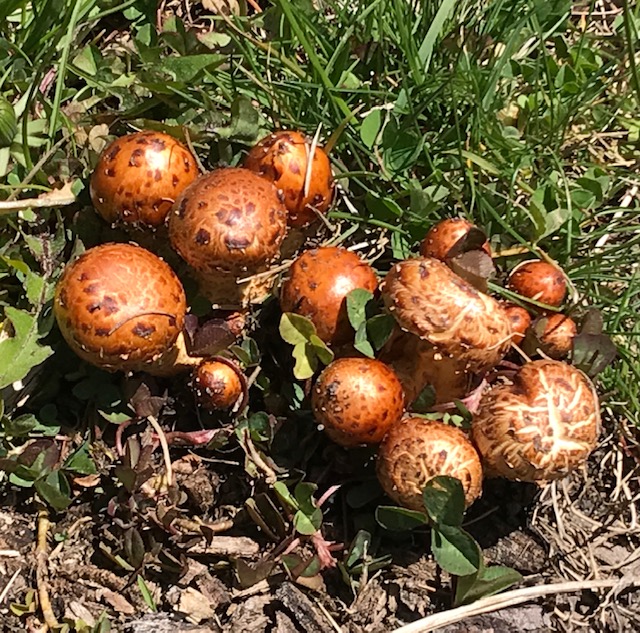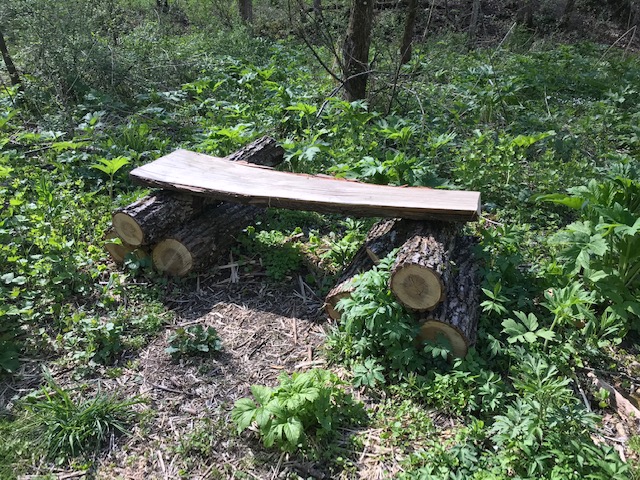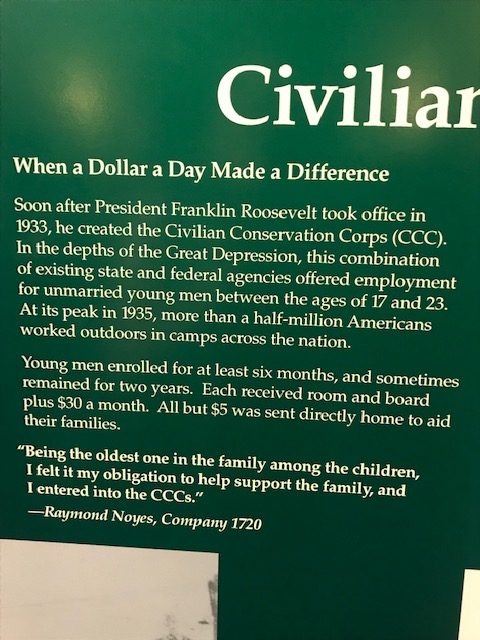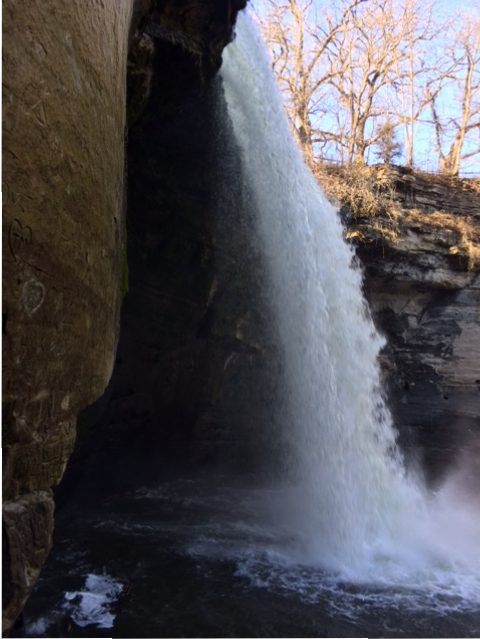We have had success putting unwanted items on the curb, free for the taking. I like that it helps keep things out of the landfill, and people can find another use for what we no longer want. Our latest item on the curb was our old Coleman camp stove…the classic old-style green one. It still worked, but was in rough shape so we thought some young folks might like it as a starter stove for camping. Apparently, someone did – it was gone the next day.

The camp stove served us well. Gary already owned it when got married, and we finally replaced it last year, in 2021, therefore it was over 44 years old. A few years ago, it converted easily to using one-pound propane tanks.
The camp stove holds fond memories. We used it on numerous camping trips over the years. Mostly when our two sons were younger. We liked to camp in Minnesota State Parks, and we liked to take road trips to the National Parks throughout the United States; from Acadia, to Great Smokey Mountains, to Yellowstone, to Zion, to name a few. We had many good times together on our camping trips…sometimes with friends, sometimes just the four of us.
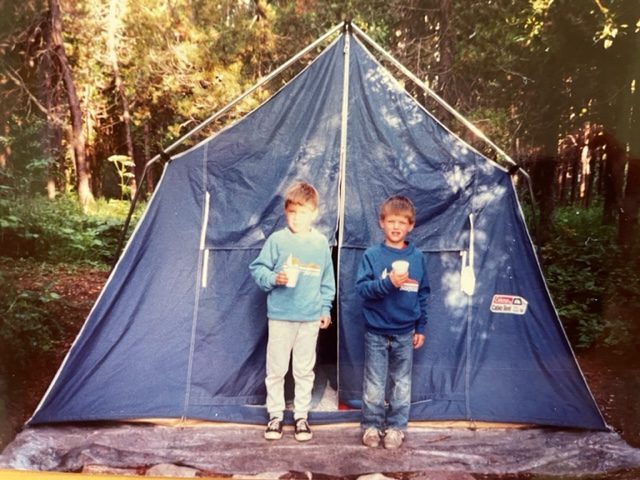
Our firstborn son was three-months-old when we decided to go away for a camping weekend. We didn’t go far from home but one still needs to pack the almost the same amount of gear as for a longer stay. We made it to the campsite and got the tent (we always used a tent) and site all set up. After dinner, it started to rain…pour…so we quickly took the tent down, in the rain, and headed home. Camping in the rain is never fun, camping in the rain with a three-month-old is even more not fun.
But, we made up for it by taking several camping trips over the years…instilling a love of nature and the outdoors in ourselves, and in our sons.

We did buy a replacement stove, but doubt it will get the same use. Although we love to camp, we like being off the ground these days, so we try to stay in camper cabins. We discovered you need to collect the same amount of gear -just minus the tent- for camper cabins, but it’s much more comfortable than sleeping on the ground which we did all those years.
I’m grateful we were able to take these camping vacations. It made great memories for Gary and I to look back on now that our sons are on their own, making memories with their own families.
